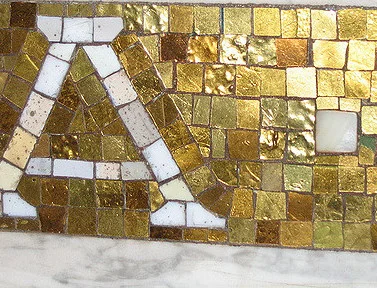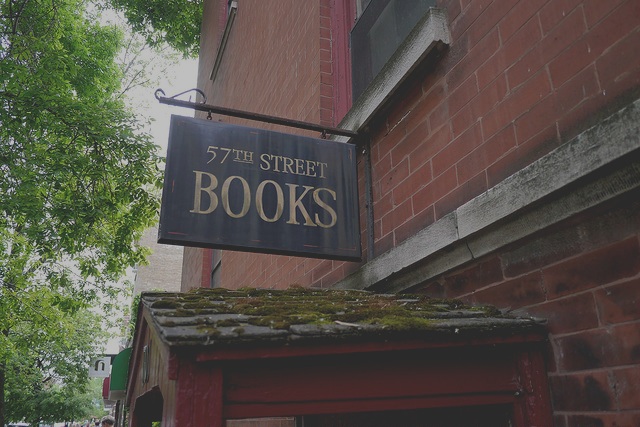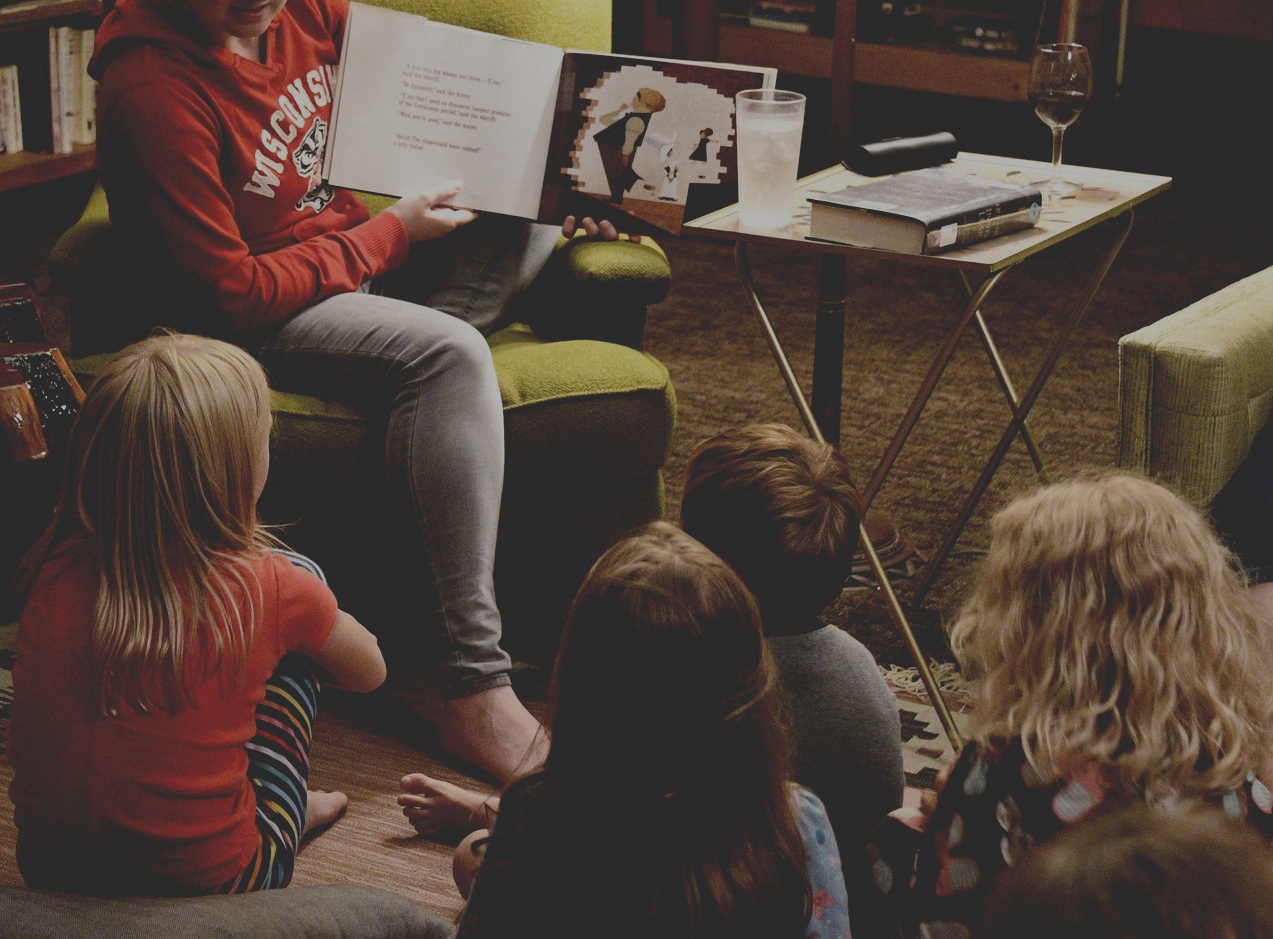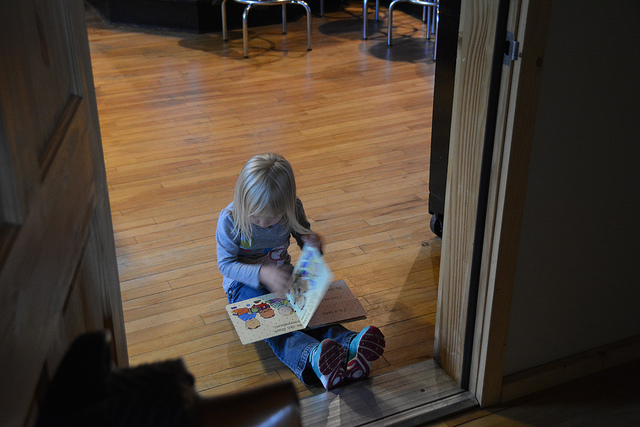
What types of books do you edit?
Is my manuscript ready for publication?
How can I revise my writing more effectively?
How do I write a query letter to agents and publishers?
What is the difference between independent publishing and self-publishing?
Should I look for a traditional publisher or self-publish my book?
Why am I being ignored by agents and publishers? Should I give up?

What types of books do you edit?
Fiction
I have edited a wide variety of fiction manuscripts, including literary fiction, science fiction and fantasy, mystery, and romance.
Some of my favorite clients write middle-grade and young-adult novels.
Nonfiction
I enjoy editing many types of nonfiction as well, including memoir and books for a general audience in the subject areas of business, cultural studies, education, gender/women’s studies, history, psychology, science, and true crime. I love children’s and young-adult nonfiction as well.
I have also edited articles for scholarly journals and all types of educational materials for students and teachers.

Is my manuscript ready for publication?
If you're asking this question, the answer is no. Most of the writers I meet and work with think their manuscripts are farther along in the writing process than I do. The chart below illustrates the steps in the writing process, from idea to publication. If you think you have a good draft, I probably think you have a rough draft. In my experience, writers get stuck in the rough-draft stage because they haven’t yet learned how to revise effectively.

How can I revise my writing more effectively?
In my opinion, revising is the most important and most underrated skill a writer can have. Revision begins once you have a complete draft of a manuscript, not before, since you can’t re-envision something before you’ve seen it fully. Many writers would like to write one draft and be done with it, and to them I say, “Good luck!” Most writers fine-tune their first drafts and call it revision, but fine-tuning is not revision. In order to revise well, the first thing you have to do is open your mind to the possibility that your manuscript is going to have to change, maybe even in some major ways.
Why is revision so important? You began your writing project with a particular idea in mind, but there’s a chance the writing process transformed that idea in ways both large and small. You also began your project with only one person to please: yourself. Revision is about looking at your manuscript from the reader’s perspective. If your writing isn’t clear, consistent, and compelling for the reader, you haven’t done your job.
Now that you have a complete draft and therefore know where the manuscript begins and where it ends, it’s time to think analytically about what the manuscript is doing and how that differs from what you want it to do. You can begin by asking yourself the following questions:
In what ways does it make sense for me to start and end where I do? In what ways does it not make sense?
What events, actions, or ideas are absolutely necessary to get the reader from the beginning to the end of this manuscript?
What holes still exist in the content, and how might I fill them?

How do I write a query letter to agents and publishers?
I am not an expert on writing query letters to agents or publishers. But there are many excellent examples of successful queries online, particularly at the Writer’s Digest website.

What is the difference between independent publishing and self-publishing?
Publishing a book with an independent, or “indie,” publisher is not the same thing as self-publishing. Independent presses and university presses are traditional publishers, while self-publishing companies are not traditional publishers.
There are five big traditional book publishers operating in the United States: Penguin/Random House, Simon & Schuster, Hachette Book Group, HarperCollins, and Macmillan U.S. Each of these “Big Five” includes many imprints. An independent book publisher is any traditional book publisher that exists outside the umbrella of these giants. University presses exist as a subset of independent publishing: they are funded by universities and run by university staff and often students.
Both independent and university presses follow the traditional publishing model, choosing manuscripts to publish from general submissions. While most big publishers only read manuscripts sent to them by literary agents, many independent and university presses will consider manuscript submissions sent directly by writers. If a company is paying you to publish your book and providing editing, design, and marketing at no charge to you, then you are working with a traditional publisher.
In contrast, self-publishing has emerged as a way for writers to offer their work to the public without being approved by the gatekeepers of traditional publishing. There are companies that exist for the sole purpose of helping writers self-publish their books. These companies usually offer editing, design, and marketing packages for varying fees. (See also “Should I look for a traditional publisher . . . ?”)

Should I look for a traditional publisher or self-publish my book?
There are pros and cons to each approach. Publishing a book with a traditional publisher— whether a major house or an independent or university press—continues to give authors a legitimacy they don’t automatically get when self-publishing. This legitimacy does not, however, guarantee successful marketing, publicity, sales, or even future publication.
The main advantage of self-publishing is that no one but the author decides whether the book will be made available to the reading public. Self-publishing also allows a quicker turnaround time between deciding to publish and seeing the finished product.
I think it's important for writers who decide to self-publish to understand the process a manuscript goes through at a traditional publisher:
1) Developmental editing by the acquisitions editor
2) At least one if not two rounds of copyediting
3) At least two rounds of proofreading by two different editors AFTER the manuscript has been set in the format in which it will be distributed to readers
4) Creation of a cover and internals by a professional book designer whose work is approved by sales and marketing professionals
This process exists for a good reason: No single editor (and no writer) is going to catch all the mistakes in a manuscript, whether mistakes of consistency, continuity, grammar, or mechanics. When three or four professional editors read through a manuscript carefully, however, chances are great that there will be no mistakes in the printed or electronic book.
The advantage of publishing with a traditional publisher is that the publisher pays for these services, which cost thousands of dollars. If writers want their self-published books to be of the same quality as those produced by traditional publishers, they have to be willing to invest that kind of money and time in their books.

Why am I being ignored by agents and publishers? Should I give up?
First, if you feel that writing is your vocation—something you’re compelled to do and will continue to do whether you are ever published during your lifetime or not—you shouldn’t give it up. There are many reasons agents and publishers might be ignoring you, and none of them is personal. While rejections from agents and publishers might indicate that you are not yet a skilled enough writer to rise above the fray, they might also indicate that agents and publishers don’t think your work will sell. Finding an agent or a publisher is a mysterious process that involves plenty of things that are out of your control, including timing, subjectivity, and luck.
Many currently successful writers have struggled with the writing process and with rejection. My opinion is that the best tools a writer can develop are determination and perseverance. Determine to be the best writer you can be, and work hard at it, and don’t give up. If you're feeling discouraged, I recommend reading Betsy Lerner's book The Forest for the Trees: An Editor’s Advice to Writers. Lerner also has a blog called The Forest for the Trees.

